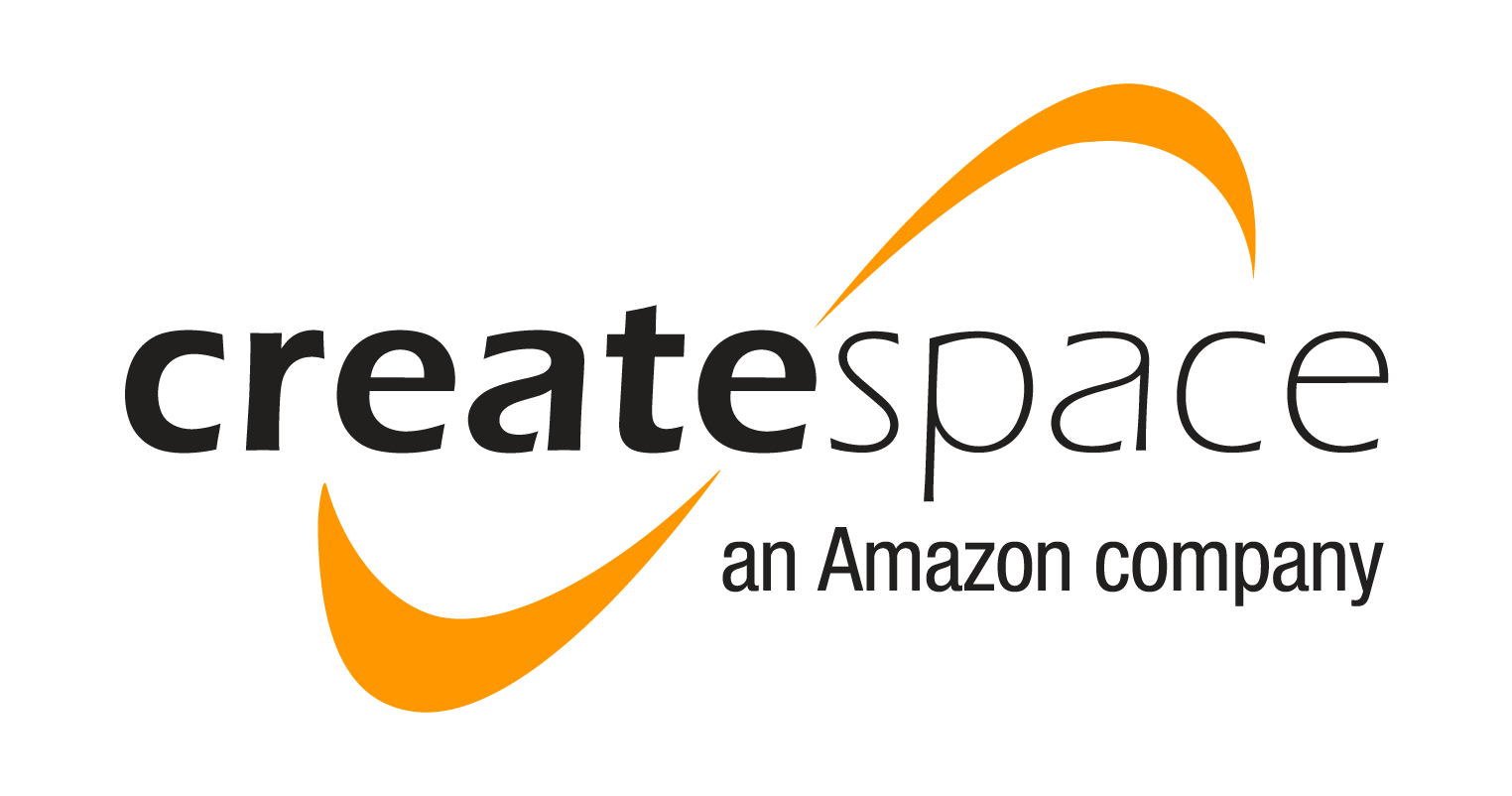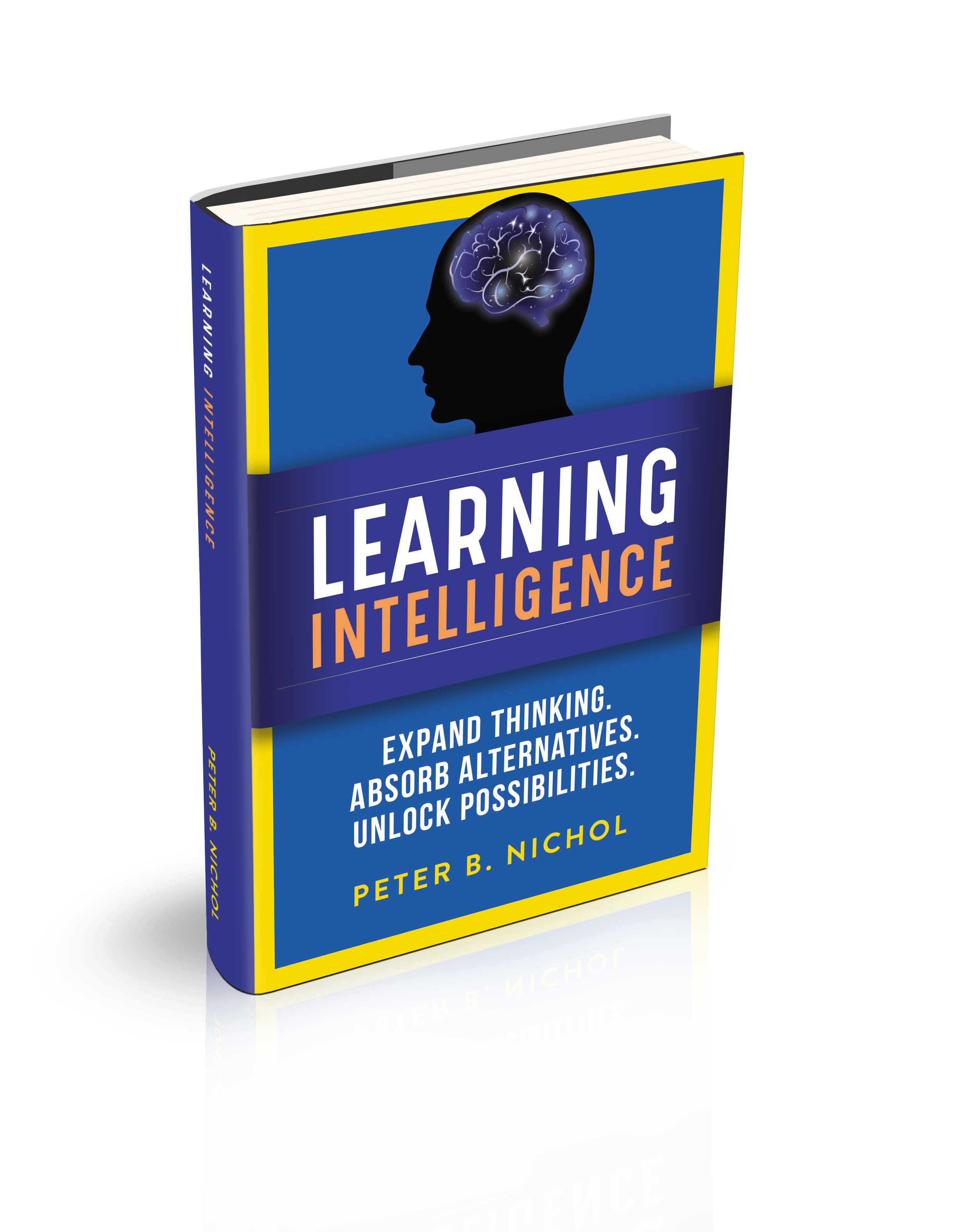The key to building successful business relationship management practices is hiring for learning intelligence.
Are you racing to figure how this year will be different from last year? How will you deliver more value with less? Where will your teams, departments and organizations discover hidden value? Hint: this value didn’t suddenly appear last December.
As we race into a new year, optimism is high and pragmatism trails. The sexy, but untested, ideas always promise new and better outcomes. We could take that route, as many CIOs have in the past. Sometimes that strategy plays out well; yet often, outcomes prove less than ideal. There may be an alternative approach. That approach is to hire and measure learning intelligence.
Embracing the BRM movement
You’ve undoubtedly heard that business relationship managers stimulate, surface, and shape demand. That’s true—they do. All BRMs do this to a degree, some better than others.
Stimulating demand generates interest and encourages engagement. Surfacing demand helps to identify demand that might not be needed today but will be tomorrow. Shaping demand adds the structure and forms required for value realization later. There’s one critical element that’s implicit in each of these foundational steps: learning intelligence.
Effective BRMs must continue to learn. Learning agility—the speed at which BRMs can flex, adapt, and acquire knowledge through experience, study, or self-teaching—is the single biggest factor in determining BRM performance.
Let’s assume your business area is heavy into SharePoint. You have an open requisition for a new business relationship manager. It’s logical and practical to ensure that the new business relationship manager has strong SharePoint experience. I agree. I’d also ask, How long will that experience last? Are we good for six months, one year, maybe two? After the technology is less important and newer advancements have taken its place, how will discussions between providers and business partners stay productive? They won’t.
Innovative ideas must continually be introduced. In Learning Intelligence, I outlined The Four Dimension of Learning Intelligence.
- Self-reflection: this capability is developed through introspection and reflection on your actions, motives, and learning behaviors.
- Self-adaptation: this capability is matured by absorbing traits that allow for flexibility.
- Learning experience: the identification of how you learn best.
- Clustering: capturing data, information, and knowledge to form wisdom.
Hire not based on what was done yesterday; hire based on what will be created tomorrow.
- Think about the individual’s ability to learn.
- Discover the potential steps to define their ability to learn.
- Immerse them in an environment to learn.
- Capture data, information, knowledge, and wisdom for them to learn.
Answer questions before hiring
Onboarding new team members is an exciting time. The new hire is full of energy in anticipation of a new assignment, and the organization is eager to have the role add value.
Onboarding isn’t the time to define the BRM role within your organization. Ask these questions first.
- Is the role tactical or strategic?
- Do we need heavier provider experience or business partner experience?
- Will the role serve as the primary point of contact for the business partner with the provider organization?
- To whom does the role functionally report?
- To whom does the role operationally report?
- Will the BRM co-own the business partner’s processes?
- How are business capabilities determined, assessed, and measured?
- What is the role of the BRM in provider or business partner decision making?
- How will multiple BRMs rank business-partner priorities organizationally?
- What’s the BRM role in vendor management and SLA adherence?
- Is the role just a liaison between the provider and business partner organizations, or is it more?
- What does ‘strategic roadmap’ mean within your organization?
Value realization is attainable when the roles and responsibilities are defined with the necessary organizational buy-in. Start this process before the new hire is wondering where the coffee machine is located.
The purple squirrel with pink socks
A red, gray, or black squirrel you may have seen. Purple squirrels are rare. We need a BRM with specific provider experience, e.g., infrastructure or operations. However, we need to add pink socks to this squirrel, because the BRM must also understand the business-partner side of the equation, e.g., biotech or energy. Often, once you spot a purple one, you think, “Yes, we’ve found it,” only to discover the squirrel has gone to a competitor that moved faster in the hiring process.
The formal business relationship manager title is optional. Formalities, however, do help solidify the role when communicating it to business partners. Lock in talent with formal role descriptions. There are many BRM models. Similar to organizational models, they work successfully when given the right organizational environment. Business relationship management is a discipline, an organizational role, and a model for organizational change. Be intentional in the capability your organization desires to mature.
What business relationship managers know today improves effectiveness, but it’s what they must learn tomorrow that will distinguish the most impactful BRMs.
ARE YOU DEVELOPING YOUR LQ?
You’ve read about building your intelligence (ability to know) and your emotional intelligence (ability to feel) but what about your learning intelligence (ability to learn)?
Now Available!
Peter B. Nichol, empowers organizations to think different for different results. You can follow Peter on Twitter or his personal blog Leaders Need Pancakes or CIO.com. Peter can be reached at pnichol [dot] spamarrest.com.
Peter is the author of Learning Intelligence: Expand Thinking. Absorb Alternative. Unlock Possibilities (2017), which Marshall Goldsmith, author of the New York Times No. 1 bestseller Triggers, calls “a must-read for any leader wanting to compete in the innovation-powered landscape of today.”
Peter also authored The Power of Blockchain for Healthcare: How Blockchain Will Ignite The Future of Healthcare (2017), the first book to explore the vast opportunities for blockchain to transform the patient experience.


